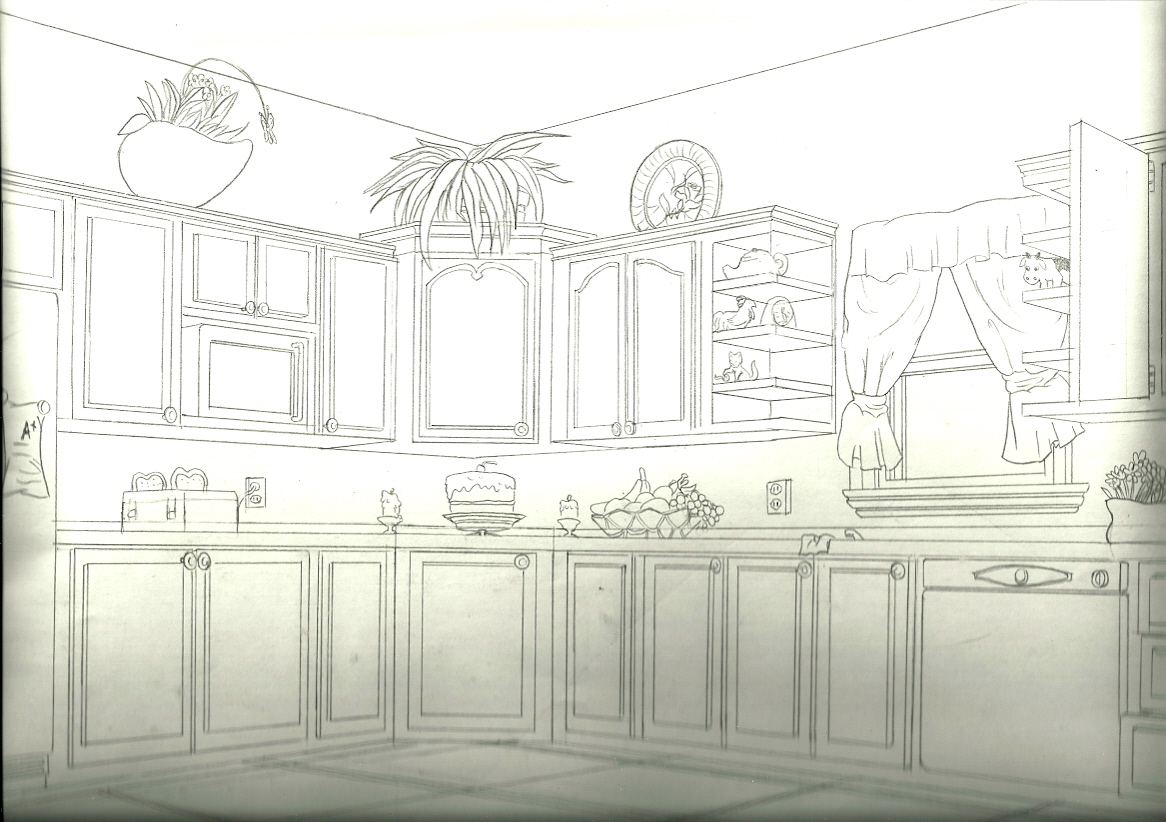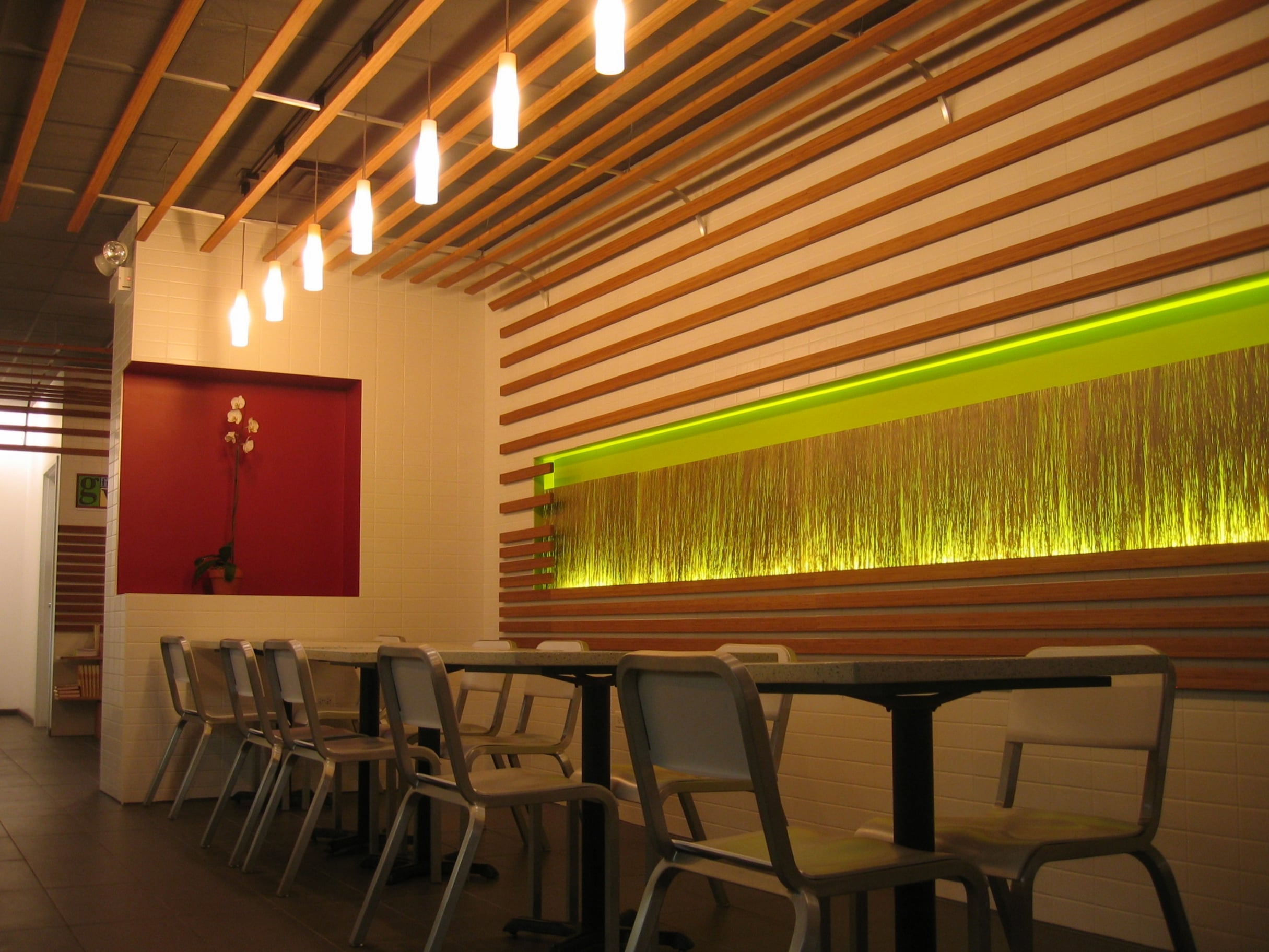Room's Secret Depth: A 2-Point Twist
Room's Secret Depth: A 2-Point Twist – Mastering Perspective in Your Interior Design
Have you ever walked into a room and felt instantly captivated, drawn in by a sense of spaciousness and elegance that transcended the actual square footage? That feeling, my friends, is the magic of perspective. And specifically, the power of a two-point perspective in interior design. This isn't just about tricks of the eye; it's about creating a truly immersive and engaging space that speaks to the soul. Let's unlock the secrets.
The Story of Space: Beyond Four Walls
Imagine a tiny Parisian apartment, crammed with furniture yet feeling airy and bright. Or a sprawling modern loft that effortlessly balances minimalist design with a sense of grand scale. What's the secret ingredient? It's not just about clever furniture placement or perfect lighting; it's about manipulating perspective. Two-point perspective, in particular, is a powerful tool in an interior designer's arsenal, allowing them to create illusions of depth and spaciousness that can transform even the humblest room.
We’re going to dive deep into this artistic technique, exploring how to leverage it to make your home feel bigger, bolder, and more breathtaking than ever before.
Understanding the Two-Point Perspective Illusion
Before we get into the practical application, let's understand the fundamental concept. A two-point perspective uses two vanishing points – points on the horizon line where parallel lines appear to converge. This creates a sense of depth and realism that a single-point perspective simply cannot match. Think of it like looking down a long railway track; the tracks appear to meet at a point in the distance. This is the core principle at play.

Key Differences from One-Point Perspective:
- One-point perspective: Features one vanishing point, usually directly in front of the viewer, often used for simpler, more straightforward scenes.
- Two-point perspective: Utilizes two vanishing points, creating a more dynamic and three-dimensional effect, ideal for showcasing rooms from a corner.
Applying Two-Point Perspective in Your Home

Now for the fun part! How can we translate this artistic principle into tangible improvements in our interior spaces?
1. Strategic Furniture Placement: Guiding the Eye
Furniture arrangement is paramount. By carefully positioning furniture along converging lines, you visually expand the room.

- Avoid Centering: Instead of centering furniture, position pieces slightly off-center, aligning them subtly with your chosen vanishing points. This creates a more natural and engaging flow.
- Diagonal Lines: Use diagonal lines created by furniture placement (e.g., a sofa angled towards a vanishing point) to guide the eye deeper into the room. This draws attention away from cramped corners and enhances the sense of space.
- Varying Heights: Don't be afraid to play with heights! A tall bookshelf near one vanishing point, balanced by a lower coffee table near the other, creates visual interest and depth.
2. The Power of Lines and Patterns: Creating Depth Cues
Lines and patterns are your secret weapons in creating the illusion of depth.

- Repeating Patterns: Using repeating patterns on walls or floors, particularly those that subtly converge towards your vanishing points, reinforces the perspective and creates a sense of rhythm and flow.
- Vertical Lines: Emphasize vertical lines with tall bookcases, floor-to-ceiling curtains, or even strategically placed artwork. Vertical lines inherently give the illusion of height, making the room feel larger.
- Diagonal Lines: Incorporate diagonal lines through rugs, patterned wallpaper, or even the arrangement of decorative items to enhance the depth created by the two-point perspective.
3. Lighting: Accentuating Depth and Shadows
Lighting is crucial; it enhances the three-dimensionality created by the two-point perspective.

- Layered Lighting: Use a combination of ambient, task, and accent lighting. This creates depth and highlights key features while avoiding harsh shadows that can flatten the space.
- Highlighting Vanishing Points: Strategically placed lamps or spotlights can subtly emphasize the vanishing points, subconsciously reinforcing the perspective.
- Natural Light: Maximize natural light by keeping windows unobstructed. Natural light adds depth and creates a more welcoming and spacious feel.
4. Wall Treatments and Colors: Expanding the Visual Field
Color and texture play a significant role in influencing perspective.

- Light Colors: Use lighter colors on walls furthest from the viewer (closer to the vanishing points) to make them appear further away.
- Darker Accents: Employ darker colors on walls closer to the viewer to create a sense of depth and contrast.
- Texture Plays: Introduce textured elements – a textured wallpaper, a patterned rug, or even a stone wall – to add interest and break up any monotony, enhancing the three-dimensionality of the room.
5. Mirrors: The Illusion of Infinity
Mirrors are your secret weapon for maximizing perceived space.

- Strategic Placement: Position mirrors to reflect light and visually "expand" the room. A large mirror placed near a vanishing point can create a stunning effect.
- Reflecting Views: Aim to reflect interesting features or views from the room to enhance the overall effect.
Practical Steps for Implementing Two-Point Perspective
Let's break down the process step-by-step:

- Identify Your Vanishing Points: Choose two points on your horizon line (eye level) where the lines of your room will appear to converge.
- Sketch Your Room: Create a simple sketch of your room, including major furniture pieces and architectural features.
- Draw the Vanishing Lines: Lightly sketch lines from each feature towards your chosen vanishing points.
- Arrange Furniture: Position your furniture along these lines, keeping in mind the tips mentioned earlier.
- Refine and Iterate: Adjust the arrangement until you achieve a visually pleasing and balanced result.
Beyond the Basics: Advanced Techniques
- Curved Lines: Experiment with curved lines to add a more organic and less rigid feel.
- Forced Perspective: Use the principles of forced perspective to dramatically alter the perceived size and distance of objects. This can be achieved by strategically placing smaller objects further from the viewer and larger objects closer.

Inspiration and Ideas: Visualizing the Magic
(Include a gallery of visually stunning Pinterest-worthy images showcasing two-point perspective in interior design. Examples could include a well-designed living room, a spacious bedroom, a sophisticated kitchen, etc. Each image should have a short caption explaining the key elements of two-point perspective used.)
Conclusion: Unveiling the Depth Within
.jpg)
Mastering two-point perspective in interior design isn't just about creating aesthetically pleasing rooms; it's about transforming how we experience space. By understanding and applying these techniques, you can create a home that is not only beautiful but also deeply engaging and emotionally resonant. Embrace the power of illusion, and let your home reveal its hidden depth. Now, go forth and design!

